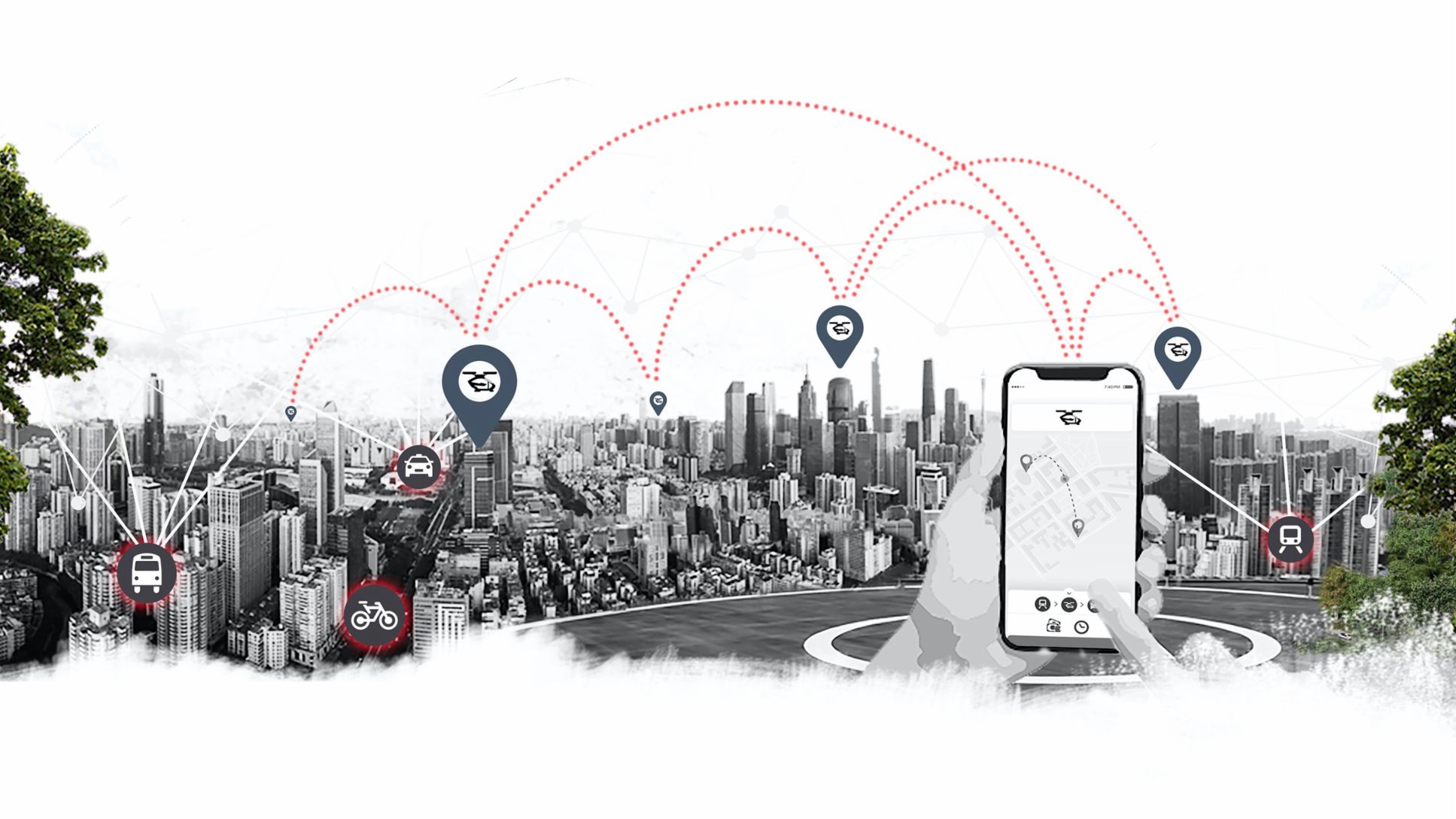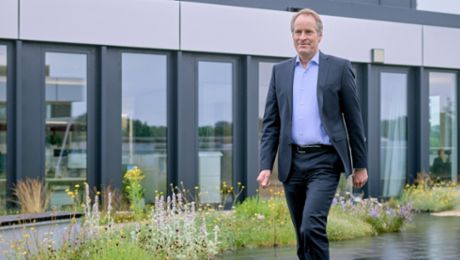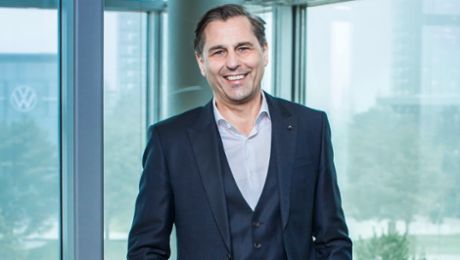The idea of vertical mobility is attracting unprecedented hype in the financial markets. Investment in the billions is flowing into this young sector, despite its products having yet to take off. What can be said about these VTOL (vertical take-off and landing) vehicles with electric drives? A new study from Porsche Consulting provides an overview of the state of technology, possible business models and ventures to predict what role air taxis could play in future mobility.
The assessment: VTOL vehicles have the potential to become an attractive means of transportation over the next 15 years. Large parts of the population could then use them like today’s taxis. However, air taxis alone cannot solve the current and future problems associated with traffic and transport, because their development and market success are linked to considerable risks and hurdles of both a technical and commercial nature.
Easing neuralgic pressure in urban context
With their ability to serve a growing network of point-to-point connections, passenger drones are suitable for easing neuralgic pressure in urban contexts. The market for vertical mobility will reach around 32 billion US dollars by the year 2035. But this trajectory will require investment of at least 20 billion dollars. Before the first commercial routes can be flown as of around 2025, the manufacturers of these vehicles alone will have to invest up to 10 billion dollars in development. From today’s perspective it is still unclear whether the requisite regulatory framework conditions and infrastructure will be in place by then. At least half a million passengers a day will have to use air taxis for the sector to assume a relevant share of the market by 2035. That would require 1,000 to 2,500 take-off and landing spots in as many as 60 suitable cities worldwide.
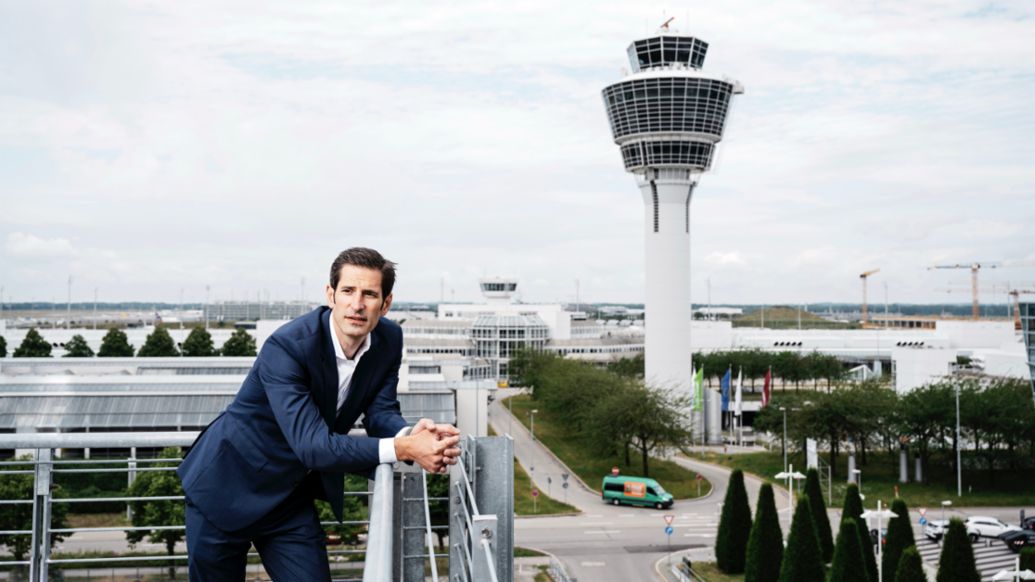
“Vertical mobility can develop into a lucrative niche area,” says Gregor Grandl, Senior Partner at Porsche Consulting and author of the study. “But if air taxis are to become a reality for everyone, courageous pioneers with persistence, deep pockets, and a sense of responsibility will be needed. Safety and social acceptance will also play huge roles.”
Potential customers will use air taxis if trips are convenient, safe, reliable and attractively priced. Vertical mobility will become commercially relevant only when large parts of the population begin using it and an enticing network of routes is established. Passenger drones will then become a valuable addition to the range of mobility options, especially as a means of transport for special occasions, urgent appointments and emergencies.
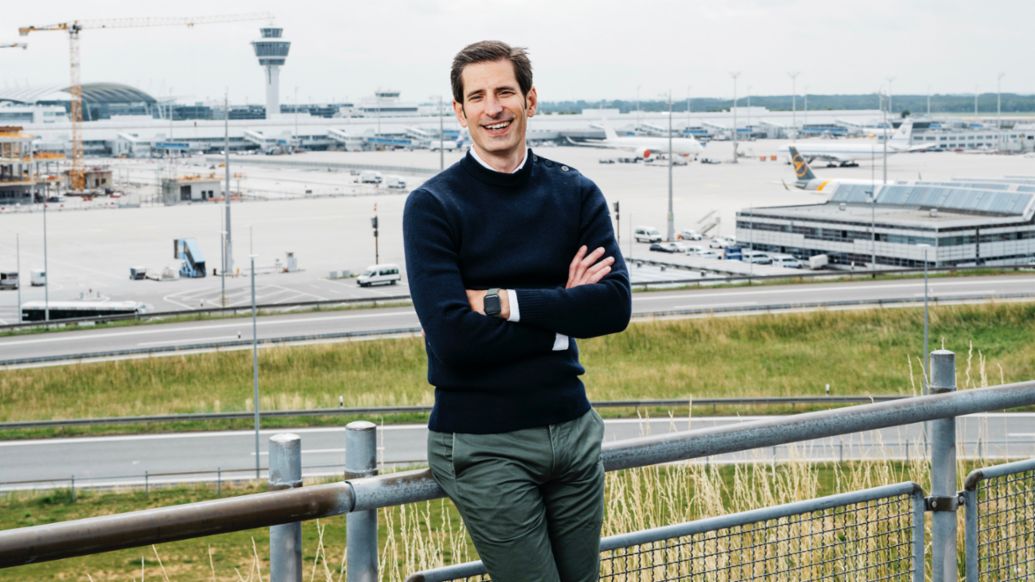
“The need for mobility is as old as the dream of flying,” says Federico Magno, Executive Director Mobility at Porsche Consulting. "Mobility will become increasingly customer-centred, individualised, fast, and integrated. Air taxis will only be successful if they meet all these criteria and are incorporated into existing transportation networks. But even so we estimate their market share in 2035 to be less than 0.3 per cent. Mobility of the future will therefore need even more ideas and strategies."
The strategy consultancy is studying vertical mobility for the second time, with results that confirm its forecasts from the first study in 2018. The current study focuses more on customer perspectives and public acceptance of the technology.
Porsche Consulting
Porsche Consulting GmbH is one of the leading top management consultancies in Germany. It is a subsidiary of the sports car manufacturer Dr. Ing. h.c. F. Porsche AG, Stuttgart. Guided by the principle “strategic vision, smart implementation,” consultants help companies improve their performance and innovativeness. Clients range from multinational groups to mid-sized companies in the automotive, aviation and aerospace, and mechanical and plant engineering industries. Other clients come from the financial services sector, the consumer goods industry, retailing and the construction industry.
